Windflowers, scientifically known as “Anemone,” are delicate and graceful perennials that add a touch of elegance and charm to gardens with their dainty, wind-swept blooms. These captivating flowers are known for their simple yet beautiful appearance and their ability to naturalize in many garden settings. In this article, we’ll explore the captivating features, care, and ways to incorporate Windflowers into your garden, creating a garden oasis filled with grace and beauty.
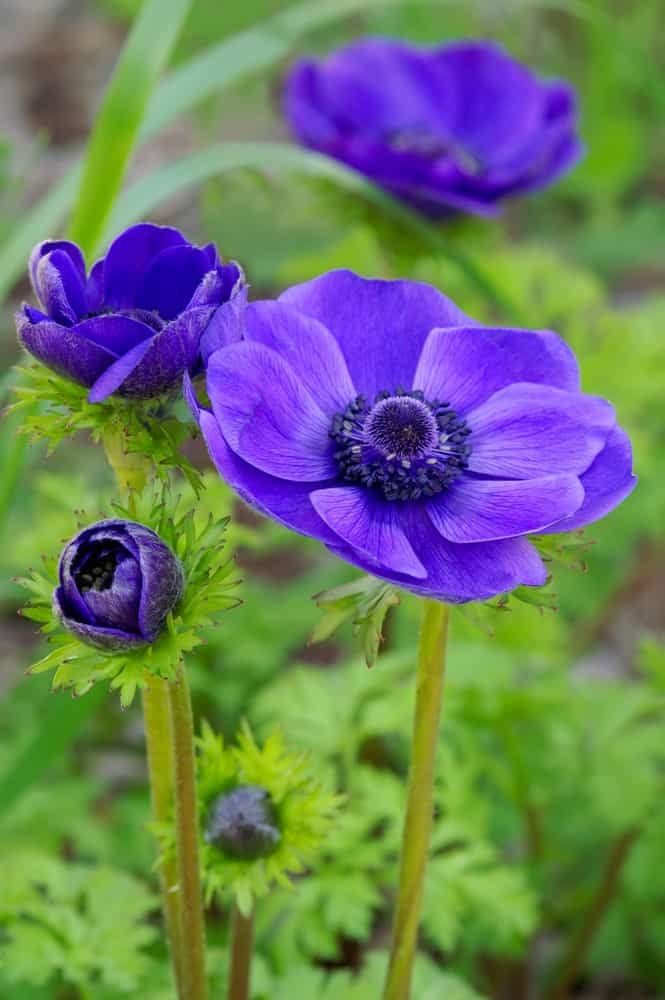
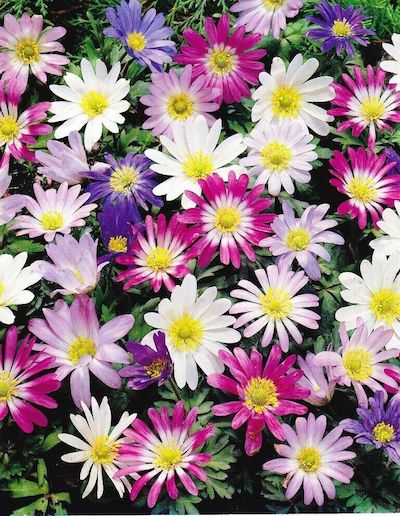
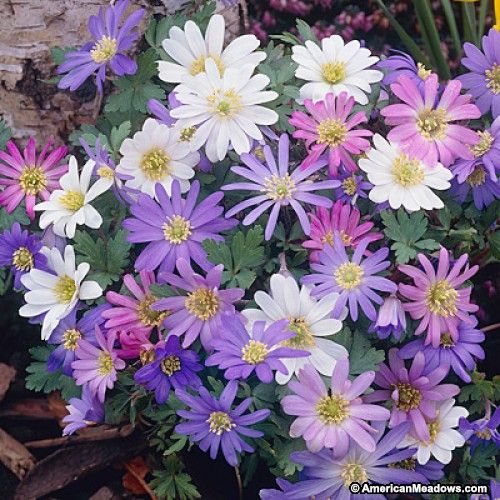
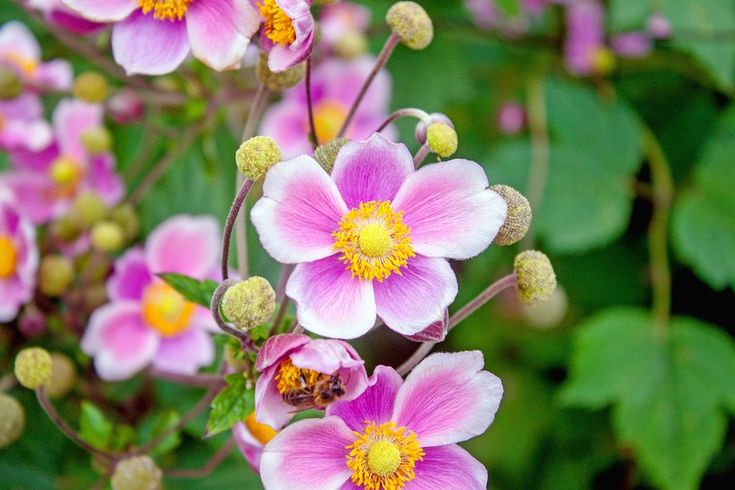
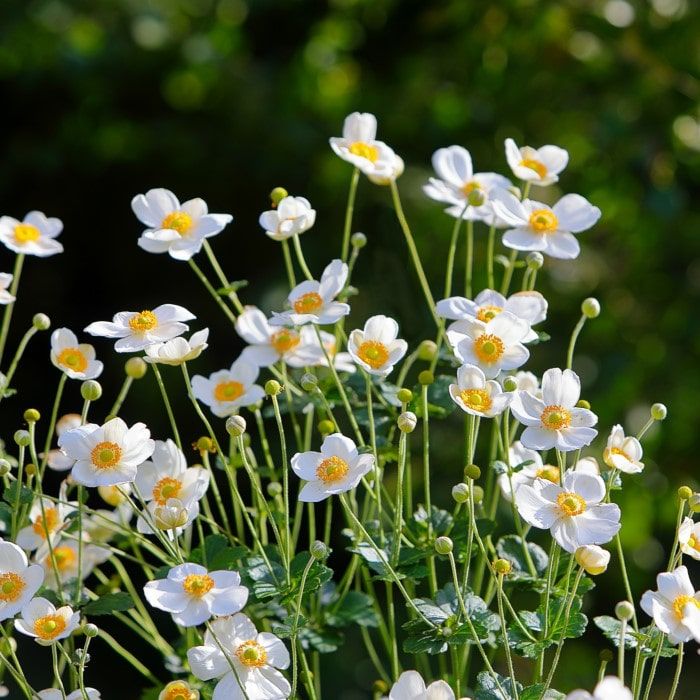
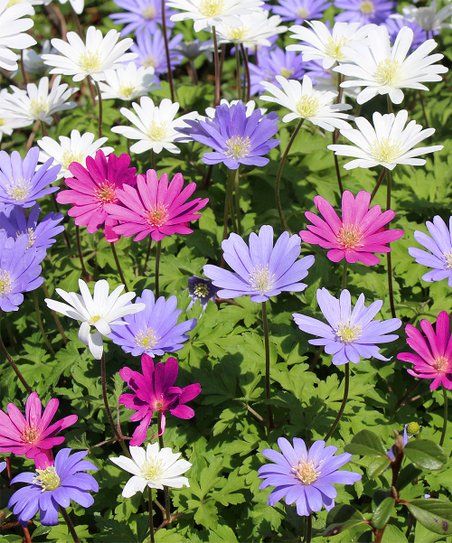
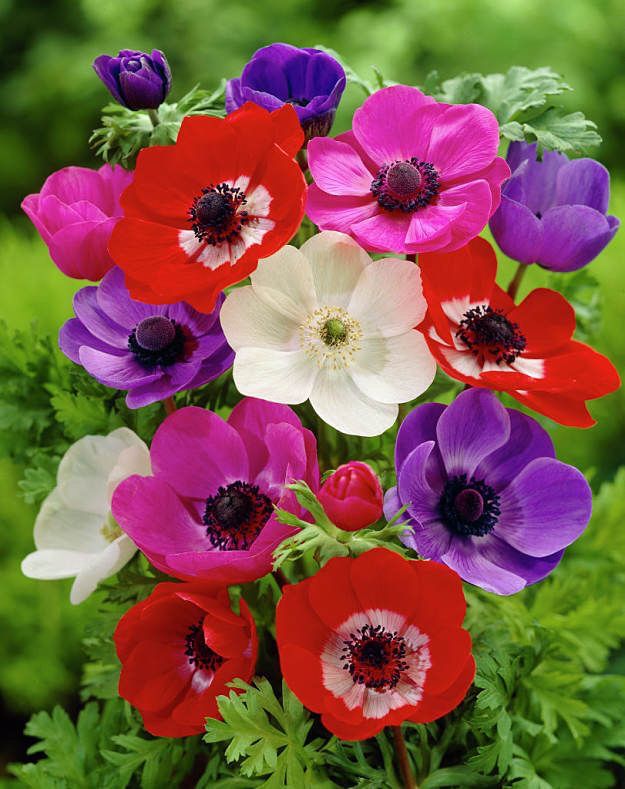
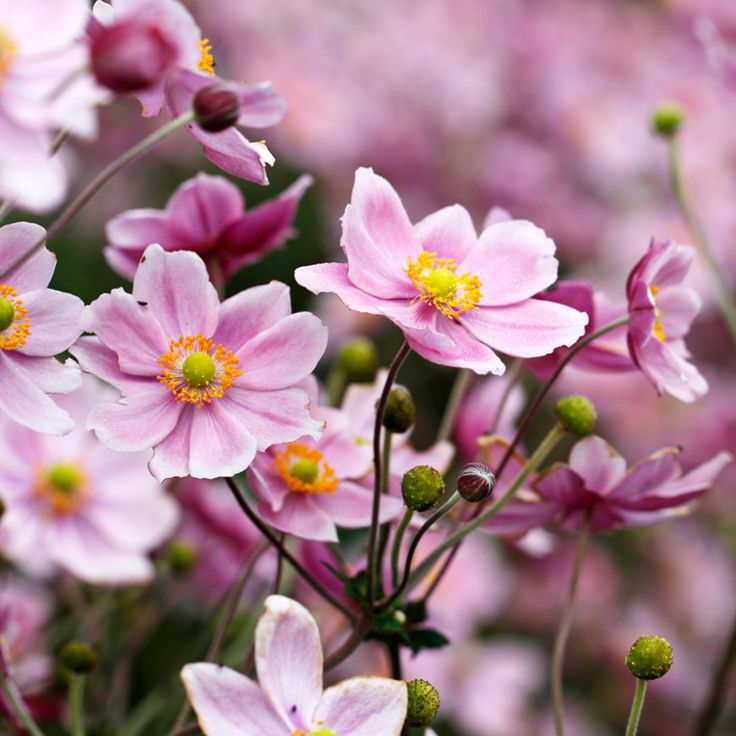
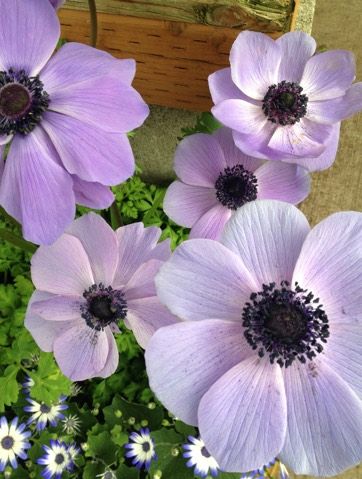
The Captivating Features of Windflowers
Windflowers are celebrated for their captivating features that make them a beloved addition to gardens:
- Graceful Blooms: Windflowers produce delicate, cup-shaped blossoms with a central cluster of colorful stamens that give them an ethereal and wind-swept appearance.
- Variety of Colors: These perennials come in a variety of colors, including shades of pink, purple, blue, and white, allowing you to create a garden palette that suits your taste.
- Early Bloomers: Windflowers often bloom in early spring, providing one of the first splashes of color in the garden after winter.
- Naturalizing: They have a tendency to naturalize and spread, forming attractive drifts of blooms over time.
- Attracting Pollinators: Windflowers are attractive to pollinators such as bees and butterflies, contributing to a lively and thriving garden ecosystem.
- Deer-Resistant: These plants are often deer-resistant, making them suitable for gardens in areas with deer populations.
Caring for Your Windflowers
To ensure your Windflowers thrive and continue to grace your garden with their delicate blooms, follow these care guidelines:
- Location: Plant Windflowers in a partially shaded to fully shaded spot in your garden. They thrive in dappled sunlight or filtered shade.
- Soil: Ensure well-drained soil with good organic content. Windflowers prefer soil that’s consistently moist but not waterlogged.
- Watering: Keep the soil evenly moist during the growing season. Water deeply when the top inch of soil feels dry.
- Mulching: Apply a layer of organic mulch around the base of the plants to conserve moisture, regulate soil temperature, and suppress weeds.
- Fertilizing: Windflowers generally don’t require heavy feeding. A light application of balanced, slow-release fertilizer in spring is usually sufficient.
- Division: These perennials benefit from division every few years to prevent overcrowding and maintain their vigor.
Incorporating Windflowers into Your Garden
Here are creative ways to incorporate Windflowers into your garden:
- Woodland Gardens: Plant Windflowers in shaded woodland areas, where their delicate blooms can brighten up the garden floor.
- Mixed Borders: Combine Windflowers with other shade-loving perennials like hostas, ferns, and bleeding hearts for visually appealing mixed borders.
- Rock Gardens: Use low-growing varieties in rock gardens to add a touch of grace amid stones and gravel.
- Containers: Grow Windflowers in containers or pots on your patio or balcony, where you can appreciate their elegance up close.
- Naturalizing: Allow Windflowers to naturalize in your garden, creating drifts of blooms that appear more abundant with each passing year.
Windflowers are like nature’s dancers, swaying gracefully in the breeze and adding an element of delicate beauty to gardens. Whether you’re creating a woodland wonderland, enhancing mixed borders, or simply enjoying their blooms as they multiply, Windflowers bring an aura of grace and charm to outdoor spaces.
Plant Windflowers in your garden, and let their delicate blossoms dance in harmony with the elements, creating an enchanting garden oasis.